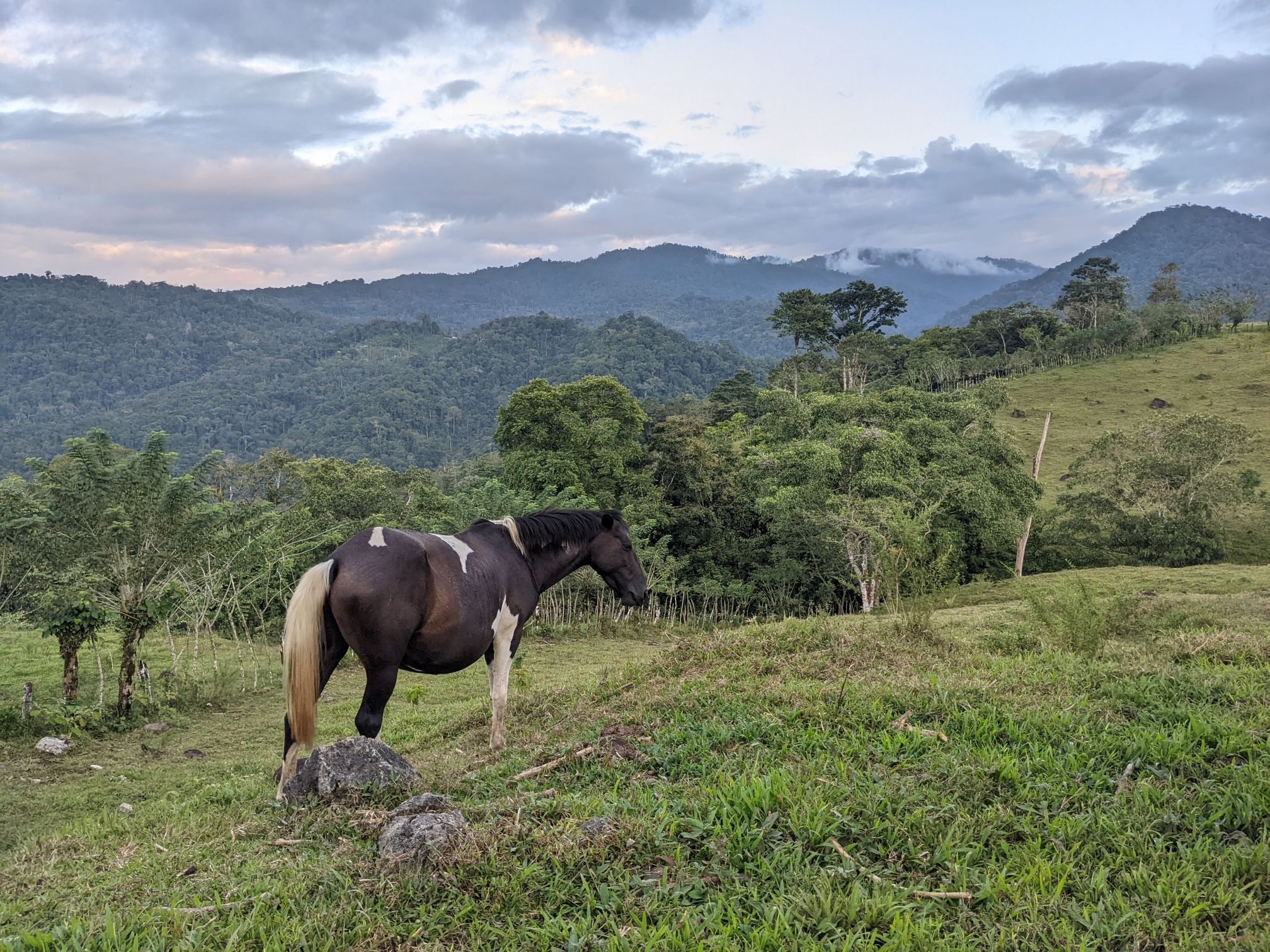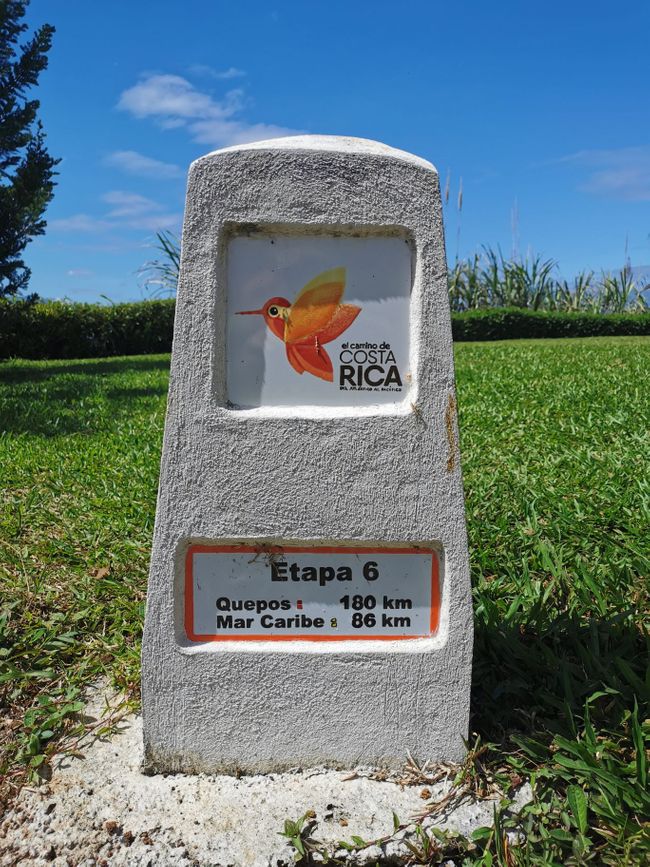Paracas National Park: a paradise for animal observations
Diterbitake: 23.04.2019
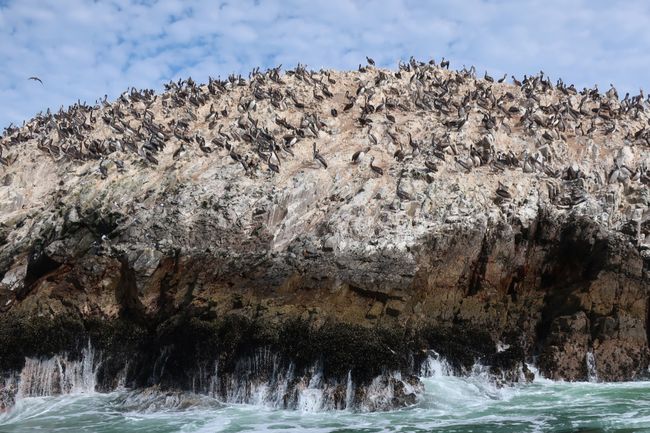
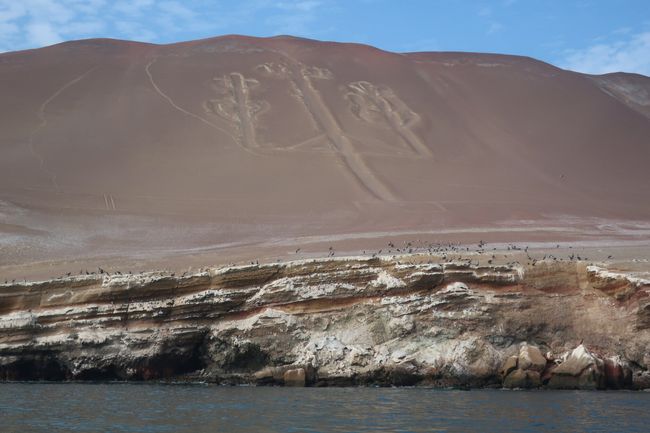
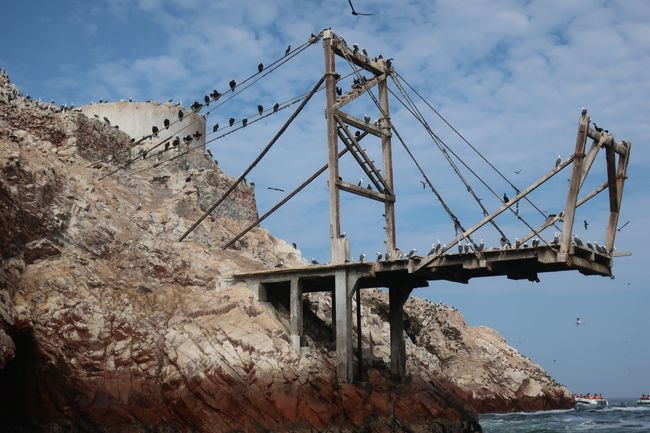
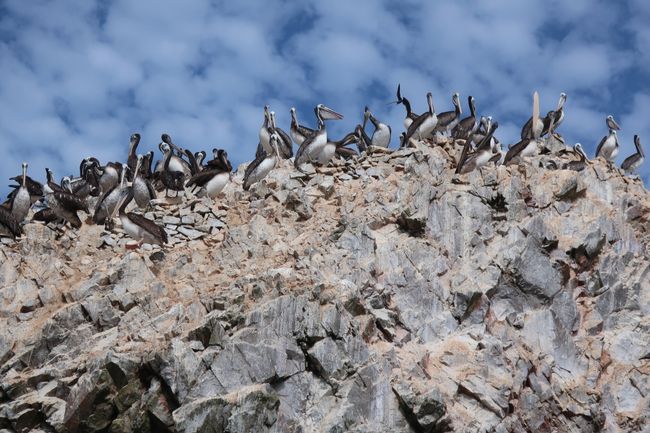
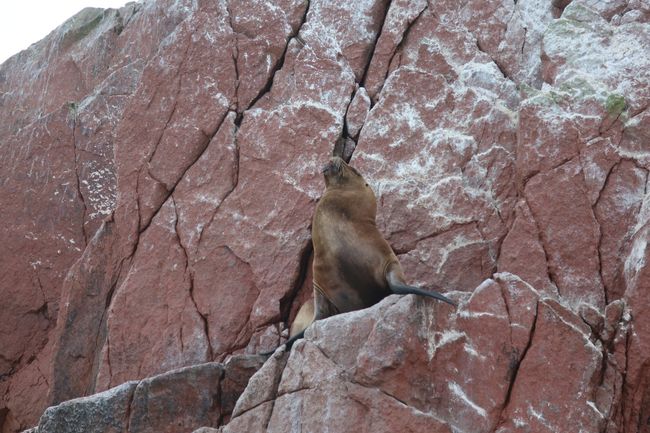
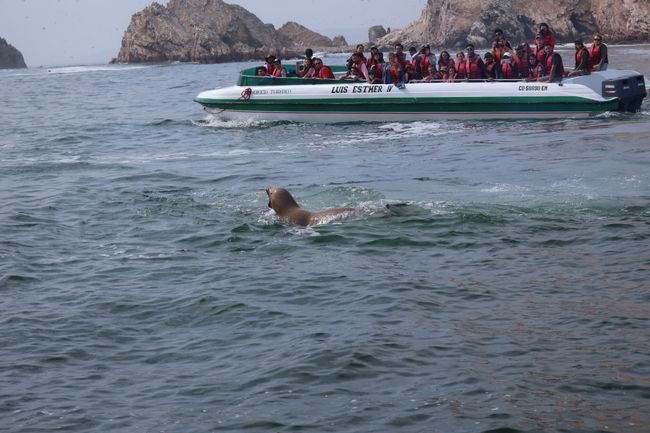
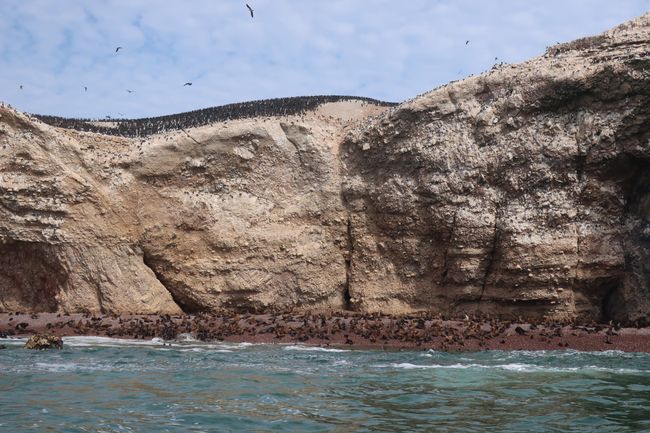
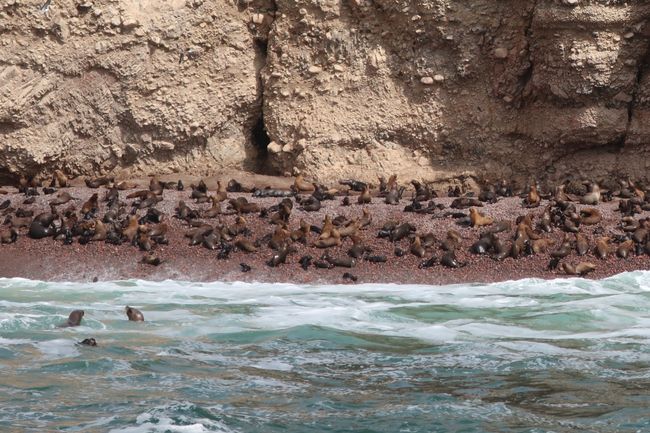
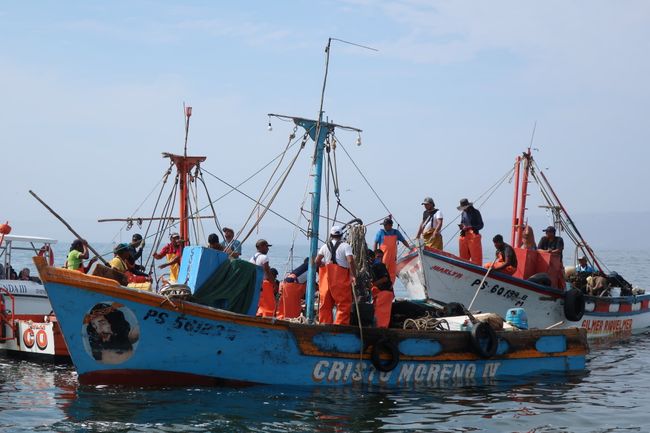
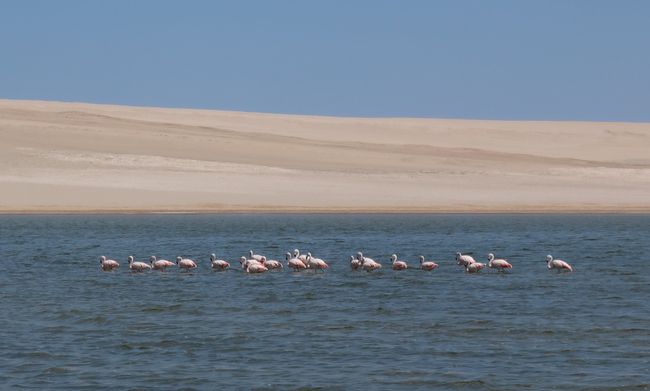
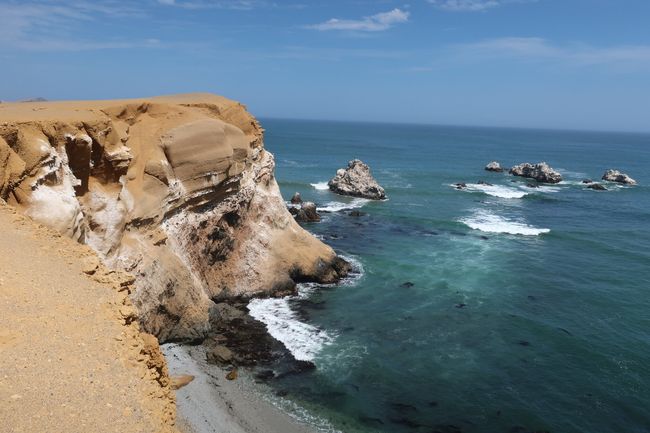
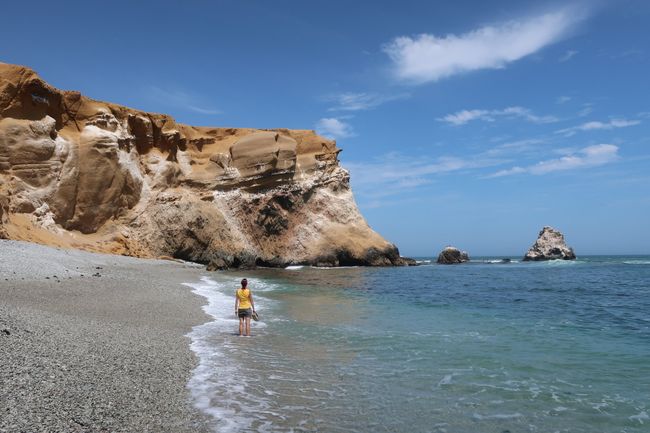
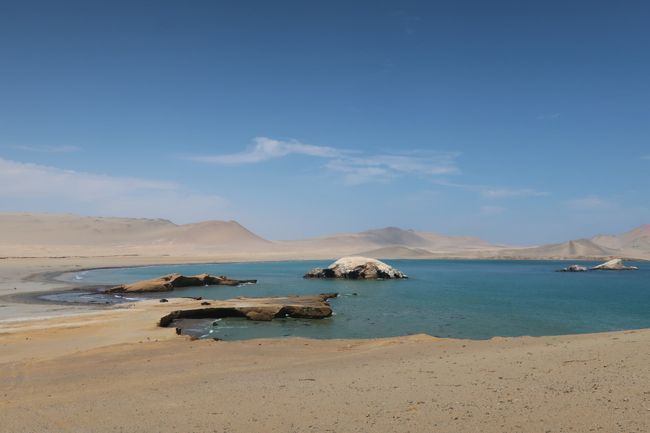
Langganan Newsletter
Our second and last day in Ica was all about nature and animal observations. We had booked a day trip to Paracas National Park, which is located on the coast. After getting up early and driving an hour to Paracas, a two-hour boat tour to the Islas Ballestas was planned. Originally, I didn't know that this was included and had actually planned to avoid such tourist-packed boats, but as always, things that you least expect surprise you in the end.
We made our first stop by boat at a section of the island where the symbol of a three-armed candle holder (Candelabra Geolyphs) is carved into the sand. There are numerous speculations about its origin: from navigation aids for sailors, hallucinogenic effects of a cactus, to Freemason symbol or a similar meaning to the Nasca Lines. We also saw the first hoards of pelicans and other seabirds such as cormorants or boobies gathering on the cliffs. The further we went, the more bizarre the large rock formations and islets became, which also formed small caves and rock arches. Countless birds continued to gather on all of them. Soon, a large gathering of small Humboldt penguins joined the different seabirds, most of them waddling back and forth in pairs, seemingly surpassing the large number of pelicans.
A little further on, we admired the first sea lion basking in the sun on a rock, unaware that around the corner, a large herd of sea lions was already announcing its presence on the beach with loud roars. It was quite an impressive spectacle, and some sea lions were also playing and frolicking in the water, including a mother (brown) with her young (black).
The Islas Ballestas are world-famous for guano. This is bird droppings that are mined there on the coast and then processed into organic fertilizer and sold worldwide. This lucrative business even led to a naval war in the past. The Peruvians certainly know how to make money out of shit! However, extraction only takes place every 8 years, and we still saw the remnants of it in the form of large wooden structures.
A little further on, we watched as local fishing boats pulled a large net with a fresh catch ashore amid loud cries. Just as we were about to return to the mainland, a surprised announcement came from the boat captain. We should attentively observe the water, as whales had just been sighted. This is very rare so close to the coast, and he himself only experiences it two or three times a year with a lot of luck. And indeed, the back of a large whale briefly emerged from the water and a short moment later, another mighty fin including a water fountain. With a closer look, we could see another smaller whale beside the first one: apparently a mother with her calf! The impressive animals showed themselves a few more times amid exclamations of awe and amazement from the passengers (unfortunately too fast for a photo) before they disappeared into the distance and we returned as well.
Back on land, we had a meal with our landlord and then got back in the car to further explore the Paracas Peninsula nature reserve. We drove through the desert again, past sand dunes as far as the eye could see. Our destination was a salt lagoon where a group of flamingos waded through the water. The light pink birds looked like they were from another planet against the moon-like background.
We continued on to the cliffs along the coast. Here, we climbed down a steep and somewhat rugged slope to a secluded pebble beach. It's worth booking a private tour to see such hidden gems. We enjoyed the sound of the waves and the view of the mighty rocks for a while before getting back in the car under the watchful eyes of vultures and returning to Ica.
We were dropped off in the city center and finally succeeded in buying a SIM card for our mobile phones after a long search. It should be mentioned that for this bureaucratic effort, with multiple signatures, three fingerprints, and scanned passports in Germany, you would almost get a gun license and not just a SIM card for the equivalent of only €1.50.
In the late evening, we took a taxi to the bus terminal and boarded our night bus to Ayacucho for an eight-hour journey towards the highlands.
Langganan Newsletter
Wangsulan (1)
Karin
Diese einmalige, für uns doch ungewöhnliche Tierwelt, wie Humboldtpinguine oder Pelikane und dann sogar noch unverhofft Wale vom Boot aus zu bewundern, war sicher ein unvergessliches Erlebnis. Auch die Flamingos sind ein Hingucker. 
Laporan perjalanan Peru
